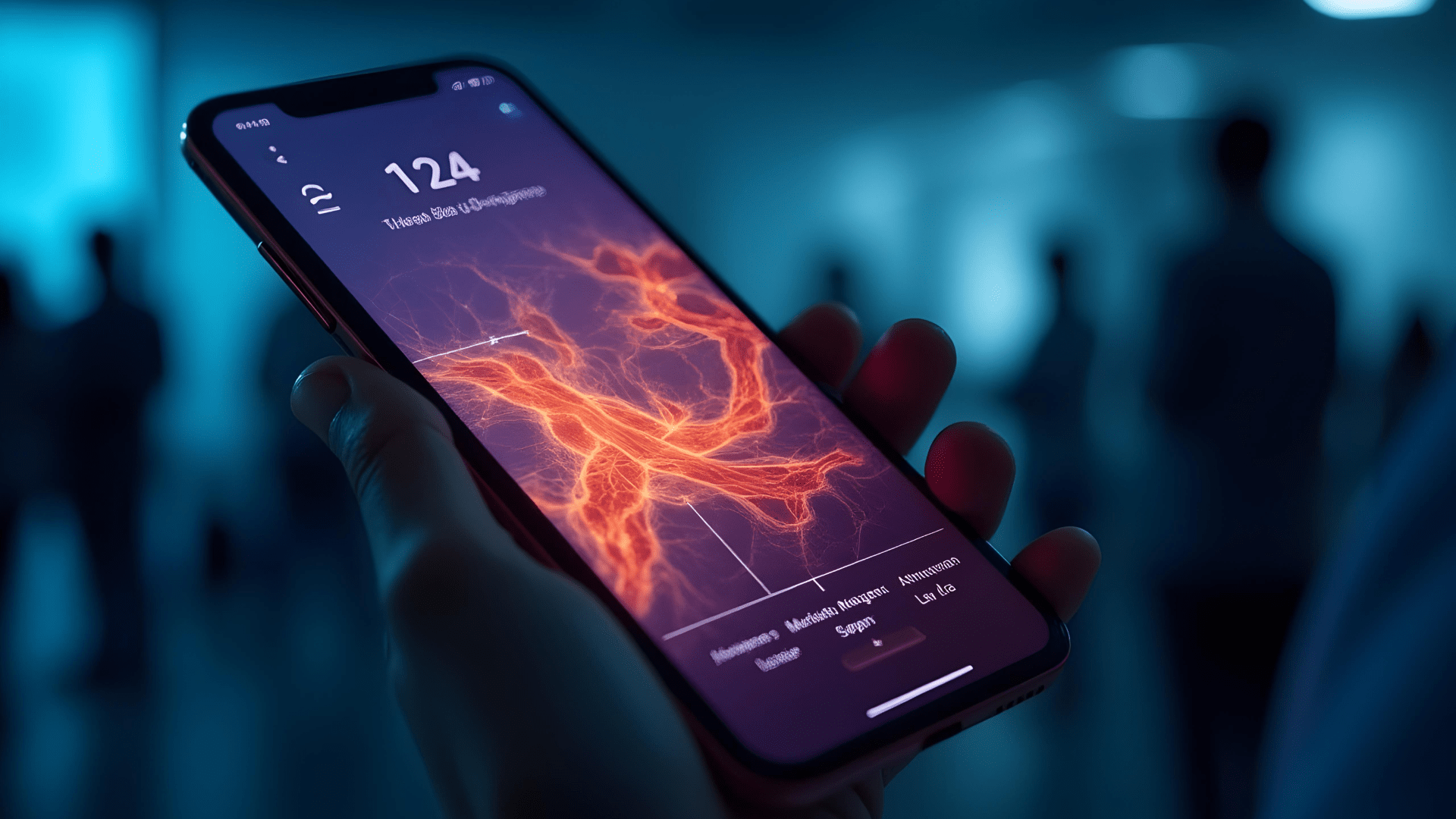This article was written by Miloš Cigoj, HTEC’s Director of Quality and Regulatory – HLS
Safety of medicinal products and devices is of utmost importance, supporting patient trust and the integrity of the health system. However, although the existing pharmacovigilance (PV) and post-market surveillance (PMS) systems are crucial, they are hampered by intrinsic limitations founded mainly on their dependence on human reporting and manual processes.
The effectiveness of these systems hinges on the willingness and ability of healthcare professionals and others to report suspected adverse events (AEs) and adverse drug reactions (ADRs). However, this crucial first step is consistently undermined by a complex mix of factors – ranging from lack of awareness or uncertainty about reporting requirements (ignorance), concerns about repercussions or criticism (fear), difficulties in determining causality (insecurity), to simple lack of time, motivation, or perceived importance for non-serious events (lethargy and diffidence), as systematically identified in reviews examining reporting behaviours.
Yet even with perfect up-front reporting—where patients and healthcare professionals provide complete AE data in a timely manner—there are substantial operational barriers within the organizations responsible for collecting, reviewing, and forwarding these reports to agencies. The large volume of incoming information, along with the laborious review, standard medical coding, high quality control, and adherence to complicated global regulatory timelines, overburdens internal intake and processing operations. Maintaining efficiency, consistency, and quality through this internal AE management life cycle, prior to final submission to health authorities, is a significant challenge for manufacturers and marketing authorization holders.
Such limitations impede timely identification and effective handling of AEs, producing vulnerabilities that affect patient outcomes and regulatory responsiveness. Going beyond compliance means addressing these systemic challenges directly.
Systemic bottlenecks: The high cost of underreporting, delays, and data gaps
The utility of ongoing AE monitoring is greatly diminished by the constraints of spontaneous reporting systems. A major issue is chronic underreporting; research consistently shows that a small minority – perhaps as few as 6-10% of all adverse drug reactions – are ever actually reported through these channels according to systematic review by Patricia Garcia-Abeijon and others.
To compound this, substantial delays mar the reporting process, especially for medical devices. In a recent cross-sectional study in BMJ, some eye-catching statistics were brought to light: analyzing millions of FDA reports, it discovered that close to 30% of mandatory manufacturer AE reports were delayed and, more disturbingly, 9.1% took more than 180 days after the deadline. These are not isolated issues with less vigilant manufacturers, as cases of late adverse event reporting include some of the top device manufacturers.
Such delays, attributed partly to insufficient enforcement and system inefficiencies, directly postpone the identification of critical safety trends. Furthermore, the quality and completeness of submitted data often remain inconsistent, complicating analysis and hindering the generation of reliable safety signals.
The regulatory burden: Managing volume and variability
The complexities of AE reporting also place significant burdens on both regulatory authorities and manufacturers. Manufacturers, particularly those with global presence, face a significant operational challenge of monitoring, collecting, and processing enormous volumes of potential safety data from various sources, including healthcare professionals, patients, literature, clinical trials, and other public sources. They must manage large volumes efficiently, manage heterogeneous formats (structured and unstructured), code medically consistently (e.g., MedDRA), conduct thorough quality checks, evaluate causality, and meet strict, typically variable, worldwide regulatory submission deadlines for reporting. It is an in-house process that is resource-intensive and subject to bottlenecks, which affects the timeliness and quality of the data ultimately submitted.
Thus, from a regulatory perspective, these upstream mistakes are significant challenges. Regulatory bodies such as the FDA and EMA must rely largely on this supplied information for their market regulation and safeguarding the public’s health. The build-up of extensive underreporting, long delays in reporting caused by both initial reporters and manufacturers’ processing times, and fluctuating data quality make effective and timely signal detection highly challenging for such authorities.
Regulators are confronted with the double quandary of possibly overlooking key safety signals hidden in delayed or incomplete information, on one hand, and having to wade through large volumes of reports, many with too little detail to facilitate solid evaluation, on the other.
This double strain—first on manufacturers to report and process correctly and in a timely fashion, and secondly on regulators to evaluate the imperfect product—binds up resources in the system and can ultimately slow action required to protect the public health.
AI as an enabler: Augmenting efficiency and effectiveness in safety operations
Short of a silver bullet, AI and ML offer powerful tools to greatly improve the performance and efficiency of PV and PMS operations. Rather than substitute for human expertise, AI can complement it, eliminating many of the bottlenecks intrinsic to present systems:
- Workflow automation
AI can automate high-frequency, repetitive workflows such as case intake from diverse formats (e-mails, forms, call logs), data entry, duplicate detection, and initial coding. This substantially reduces the manual burden, decreases processing lag times, and lowers the chances of human error, allowing the PV/PMS teams to focus on high-end analysis and decision-making.
- Unleashing Insights with NLP
Natural language processing (NLP) offers the capacity to read and extract relevant safety information from unstructured text sources – EHR notes, scientific literature, patient forums, social media – not captured by traditional methods. This casts a broader data net, potentially revealing earlier, weaker signals, and providing richer context.
- Speeding Up Signal Detection
AI/ML algorithms have the ability to sift through large, heterogeneous data sets faster and more systematically than traditional statistical approaches. Through the detection of sophisticated patterns and the possible correlations suggesting emerging safety concerns earlier, AI facilitates a move towards more active surveillance and risk management.
- Enhancing Data Quality and Consistency
AI solutions can assist in normalizing data handling, highlight inconsistencies or missing values, and possibly support early causality analysis, leading to stronger and more valid safety data for internal use and regulatory submission.
Charting the future: Incorporating intelligence into vigilance
At HTEC we believe that AI uptake in safety vigilance must be carefully thought through in terms of validation, regulatory framework, algorithmic transparency, and integration into current workflows with minimal disruption. But the promised dividends – faster processing, expanded data capture, earlier detection of signals, and enhanced quality of data – present a strong argument for the uptake of these technologies.
Moreover, at HTEC, we have also proactively experimented with these AI-based techniques in collaboration with industry partners, and the results are promising. For instance, our models have demonstrated high accuracy in detecting potential ADRs from simulated multilingual call center data, accurately flagging relevant calls for human review and auto-scaffolding critical data for future reporting purposes. In the same way, we have been able to utilize NLP and other AI technologies to mine aggregated AE and ADR information to deliver regulatory intelligence insights and substantially speed up processes such as labeling updates and internal report preparation for medical affairs organizations.
We argue that the objective should not be to fully automate safety, but to create a synergistic system in which AI manages scale and speed so that human experts can more effectively apply critical judgment.
The intrinsic weaknesses of manual, human-intensive adverse event reporting systems require a paradigm shift. Underreporting, latency, and inconsistencies in the data represent real risks to patient safety and regulatory management. AI offers a key set of capabilities to enhance existing procedures, revolutionizing the efficiency, precision, and timeliness of post-market surveillance and pharmacovigilance. Through strategic deployment of AI, the pharmaceutical and medical device sectors can evolve from low compliance to a smarter, more proactive, and ultimately more successful system for protecting patient health in a world that’s growing more complicated.




